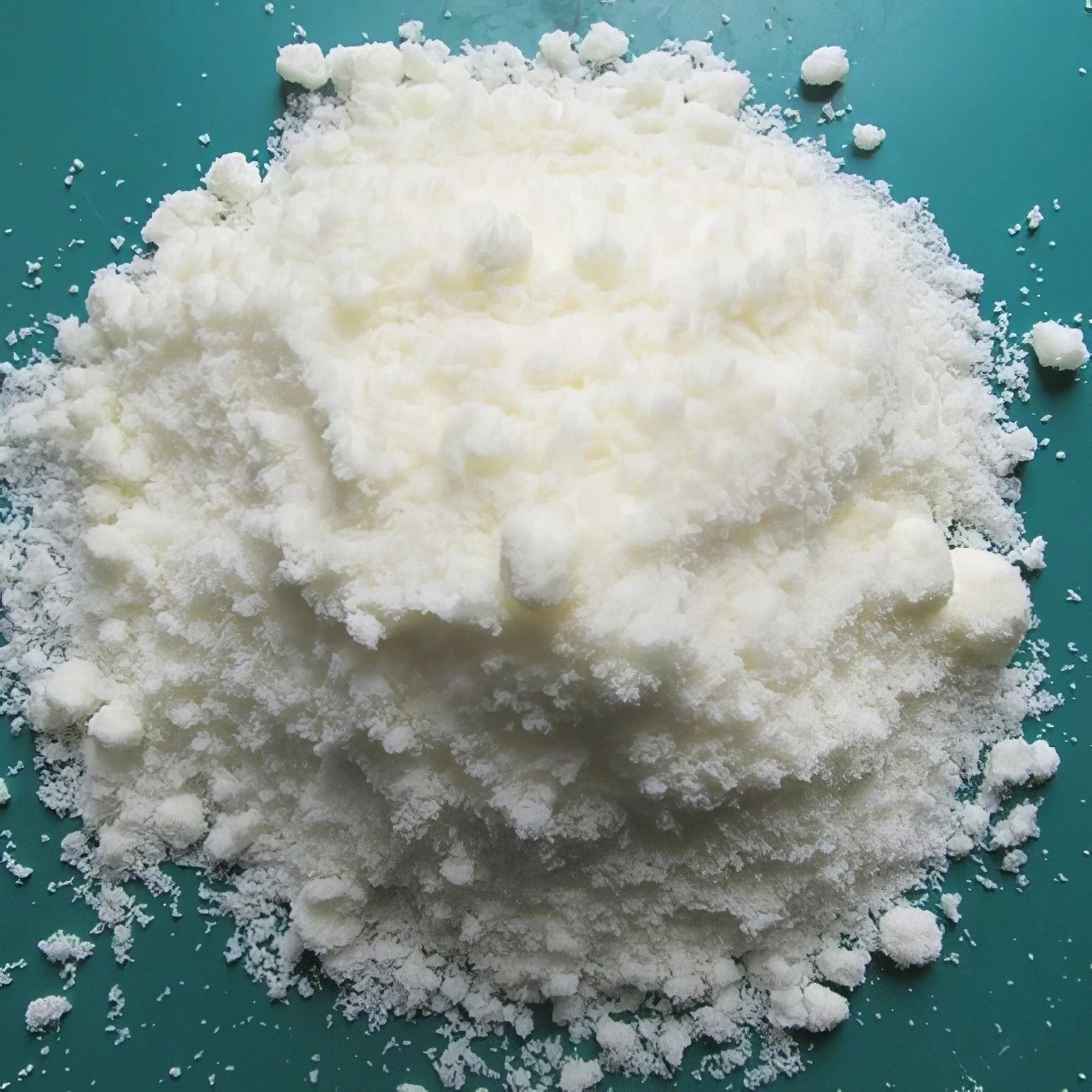



1n naoh in 500ml
Understanding the Preparation and Use of 1N NaOH in 500 mL
Sodium hydroxide (NaOH), commonly known as caustic soda or lye, is a highly versatile and widely used chemical in various industrial and laboratory processes. Its strong alkaline properties make it essential for applications ranging from pH adjustment to organic synthesis. One of the common concentrations used in laboratory settings is 1 Normal (1N) NaOH, which plays a significant role in titrations and other reactions.
Preparing 1N NaOH Solution
To prepare a 1N NaOH solution in a final volume of 500 mL, the first step is to determine the amount of sodium hydroxide needed. The normality (N) of a solution is defined as the number of equivalents of solute per liter of solution. For NaOH, which is a strong base and completely dissociates in water, one equivalent is equal to one mole. Therefore, a 1N solution of NaOH is equivalent to 1 mole of NaOH per liter of solution.
The molecular weight of NaOH is approximately 40 g/mol. To prepare 500 mL of a 1N NaOH solution, we can use the following calculation
1. Calculate the amount needed for 1N concentration - Amount of NaOH needed = 1 mol/L x 0.5 L x 40 g/mol = 20 g
Procedure for Preparation
1. Safety Precautions Before starting, it's essential to wear appropriate personal protective equipment, including gloves, goggles, and a lab coat, as NaOH is a caustic substance that can cause severe burns.
2. Weighing the NaOH Use a balance to accurately weigh 20 grams of solid sodium hydroxide. It's best to use a weighing dish or paper to facilitate transfer.
1n naoh in 500ml

3. Dissolving NaOH Choose a suitable container, preferably a beaker or a volumetric flask, to dissolve the sodium hydroxide. Add about 400 mL of distilled water to the container.
4. Adding NaOH Slowly add the 20 grams of NaOH to the water while stirring continuously. It’s crucial to add NaOH to water and not vice versa to prevent exothermic reactions that may cause splattering.
5. Dissolution Continue stirring until all the NaOH pellets have completely dissolved, forming a clear solution. This step may generate heat, which is a normal part of the process.
6. Dilution to Final Volume Once the NaOH is dissolved, transfer the solution to a 500 mL volumetric flask (or another accurate measuring device) and add distilled water until the total volume reaches exactly 500 mL. Make sure to do this step carefully to ensure the desired concentration is achieved.
Applications of 1N NaOH
A 1N NaOH solution is widely used for titration experiments in analytical chemistry, where it is often employed to determine the concentration of acidic solutions. The neutralization reaction between NaOH and acids is a standard method for quantifying acid concentrations. Additionally, 1N NaOH is also used in various laboratory applications, including cleaning reactive surfaces, pH adjustments, and as a reagent in organic syntheses.
Conclusion
In conclusion, preparing a 1N NaOH solution in 500 mL is a straightforward process that requires careful measurement and adherence to safety protocols. The resulting solution is not only fundamental in laboratory settings but also imperative in many industrial processes. Proper understanding and handling of this strong base are crucial for both effective usage and safety in various applications.
-
Why Sodium Persulfate Is Everywhere NowNewsJul.07,2025
-
Why Polyacrylamide Is in High DemandNewsJul.07,2025
-
Understanding Paint Chemicals and Their ApplicationsNewsJul.07,2025
-
Smart Use Of Mining ChemicalsNewsJul.07,2025
-
Practical Uses of Potassium MonopersulfateNewsJul.07,2025
-
Agrochemicals In Real FarmingNewsJul.07,2025
-
Sodium Chlorite Hot UsesNewsJul.01,2025










